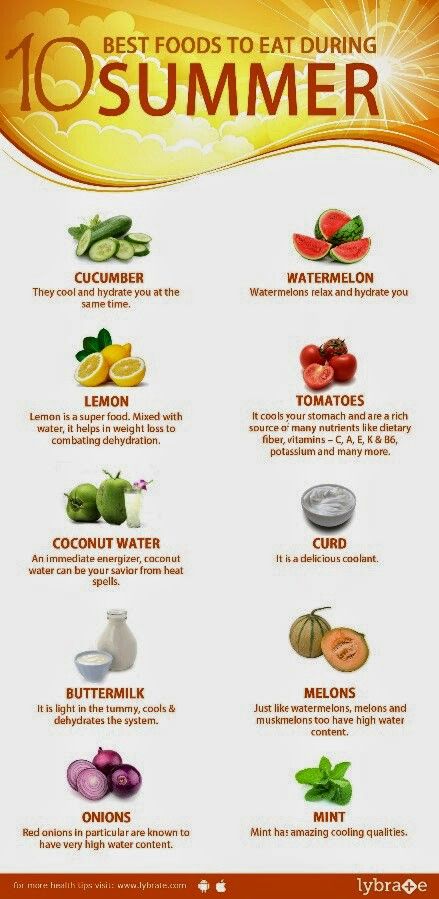
According to research, one in three Americans has cancer. The human body is made up of trillions upon trillions of cells. Cells die when they become abnormal. Cancer cells that don't die when they should can crowd out healthy cells, making it harder for our bodies to work. Many people with cancer don't know they have a family history. This is where compassion comes in. Helping someone deal with cancer can be done by offering emotional and support.
Many people who are diagnosed with cancer need support from other people in their lives, and they can receive it from many sources. Teenagers who are dealing with cancer may need tutoring at home, and adults with cancer may need help with housework or jobs. Patients can be helped by psychologists or counselors. It is normal and natural to feel upset after receiving a diagnosis. Depression may manifest as sadness at the loss or changes in your body and/or life.

Different places may provide support for someone with cancer. Both adults and teens may need tutoring in their homes, while therapists can help with the chores of the home and those that are more involved in daily life. People often seek out a therapist for help with their emotional issues. The doctor will also discuss the prognosis for the cancer. This is a projection of the probability that the cancer might return. The prognosis will help the patient make the right decisions for their treatment.
Support is also vital for people with cancer. There are many organizations and services available to help patients cope. There are support groups for teens, home tutors for adults, and even therapists to talk to about their emotional problems. Doctors will give a person's prognosis, which is a prediction of the likelihood of recurrence following treatment. This will help them select the right support system for their situation. However, the support network is crucial for a person with cancer.
Talking to someone with cancer is difficult because they may have different needs. Some may need to tutor at home while others may need help with jobs or chores. Many people will talk with therapists about their emotions. The patient might also wish to speak with their doctor about their outlook for the disease. These prognoses will help guide the patient throughout the healing process.

There are many different ways to approach someone living with cancer. It is beneficial to have a support system that shares similar goals. It will not be helpful to ask questions about someone's health, but it will be comforting for them. If they are struggling to cope with the diagnosis, it may be helpful to offer some support. They may be able give advice or emotional support to people with cancer. If you aren't sure how to approach someone with breast cancer, be guided by them.
FAQ
How do you measure body fat?
A Body Fat Analyzer will give you the most accurate measurement of body fat. These devices are used to determine the percentage of bodyfat in people who desire to lose weight.
What are 10 healthy behaviors?
-
Every day, eat breakfast.
-
Don't skip meals.
-
Be balanced.
-
Drink plenty of water
-
Take care of your body.
-
Get enough sleep.
-
Avoid junk foods.
-
Get at least one form of exercise each day.
-
Have fun
-
Make new friends
How can I live the best life possible every day?
To live a happy life, the first step is to discover what makes you happy. Once you have a clear understanding of what makes you happy you can go backwards. Asking others about their lives can help you to see how they live the best life possible.
You can also find books such as "How to Live Your Best Life" written by Dr. Wayne Dyer. He talks about finding happiness and fulfillment in all aspects of our lives.
Statistics
- The Dietary Guidelines for Americans recommend keeping added sugar intake below 10% of your daily calorie intake, while the World Health Organization recommends slashing added sugars to 5% or less of your daily calories for optimal health (59Trusted (healthline.com)
- According to the Physical Activity Guidelines for Americans, we should strive for at least 150 minutes of moderate intensity activity each week (54Trusted Source Smoking, harmful use of drugs, and alcohol abuse can all seriously negatively affect your health. (healthline.com)
- WHO recommends reducing saturated fats to less than 10% of total energy intake; reducing trans-fats to less than 1% of total energy intake; and replacing both saturated fats and trans-fats to unsaturated fats. (who.int)
- In both adults and children, the intake of free sugars should be reduced to less than 10% of total energy intake. (who.int)
External Links
How To
What does the term "vitamins" mean?
Vitamins are organic compounds that can be found in foods. Vitamins allow us to absorb nutrients from food. Vitamins cannot come from the body so food must provide them.
There are two types: water-soluble and fat-soluble vitamins. Water-soluble vitamins dissolve quickly in water. These include vitamin C (thiamine), Vitamin B1 (riboflavin), Vitamin B2 (riboflavin), Vitamin B3 (niacin), Vitamin B6 (pyridoxine), Vitamin C, B1 (thiamine), Vitamin B2 (riboflavin), Vitamin B3 (niacin), and Vitamin B6 (pyridoxine). The liver and fat soluble vitamins are stored within the liver and in fatty tissue. These include vitamin D, E and K, as well as beta carotene.
Vitamins are classified based on their biological activity. There are eight major categories of vitamins.
-
A – Essential for normal growth, and the maintenance of good health.
-
C – essential for proper nerve function.
-
D - necessary for healthy bones and teeth.
-
E - Required for good vision & reproduction
-
K - Required for healthy nerves and muscles.
-
P - vital for building strong bones andteeth.
-
Q - aids digestion, absorption and absorption iron
-
R is required for the production of red blood cells.
The recommended daily allowance (RDA), for vitamins, varies depending upon age, gender, or physical condition. RDA values are set by the U.S. Food and Drug Administration (FDA).
For example, the RDA for vitamin A is 400 micrograms per dayfor adults 19 years or older. Pregnant mothers need 600 micrograms per days because it is vital for the development and growth of their baby. Children ages 1-8 require 900 micrograms per day. Children under 1 year old require 700 micrograms daily, while infants over one year old need 500 micrograms every day. This decreases between 9 and 12 months.
Children aged between 1-18 years require 800 micrograms of sugar per day, while overweight children need 1000 micrograms. Children who are underweight receive 1200 micrograms every day to meet their nutritional requirements.
2200 mg of vitamin A per day is required for children aged 4-8 who have been diagnosed by anemia.
2000 micrograms is the minimum daily intake for adults over 50 years old to maintain good health. Breastfeeding or pregnant women require 3000 micrograms per daily due to higher nutrient demands.
1500 micrograms are required daily by adults over 70 because they lose approximately 10% of their muscle each decade.
Women who are pregnant, nursing or breastfeeding need more than the RDA. Pregnant woman need 4000 micrograms daily in pregnancy, and 2500 per day after childbirth. Breastfeeding mothers need 5000 micrograms per day when breast milk is being produced.